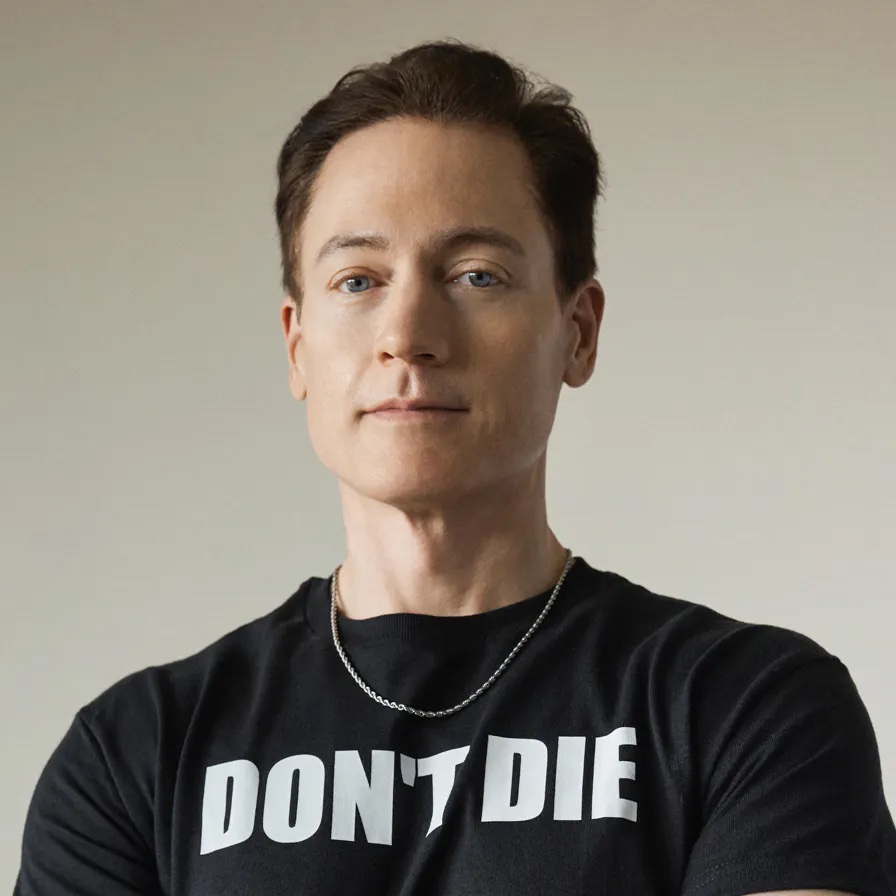Key Points:
- Arguably, the closest intervention we have right now to hypothetically stopping the aging process is a technology called cellular reprogramming.
- If cellular reprogramming could stop people from aging and become accessible to everyone, some would likely choose not to live forever.
- Living forever would necessitate shifting one’s purpose to the preservation of the world’s resources or obtaining more resources.
The Current State of Aging Biology Research
While the world’s population is rising, it is also aging. By the year 2100, one in four people are expected to be over the age of 65. However, many adults 60 and older suffer from at least one chronic condition. Whether it be heart disease, diabetes, or cancer, these conditions negatively affect life quality and duration. For this reason, many scientists have directed their attention toward preventing or even reversing aging.

In attempting to slow aging, researchers have identified an assortment of compounds capable of extending the lifespan of worms, flies, and rodents. However, the life-extending efficacy of these compounds has yet to be demonstrated in humans. Furthermore, none seem capable of keeping animals or humans alive forever. There is one exception, however, in the case of a technology called cellular reprogramming. If properly harnessed, cellular reprogramming could potentially make us immortal.
A Future Where Immortality Is a Choice
Cellular reprogramming can essentially reverse the biological age of cells. It has been shown to reverse the biological age of human skin cells by 30 years. Hypothetically, if all our cells could be made biologically younger, our bodies could be made younger too. All it would take is periodic injections of genes called Yamanaka factors, which revert our cells to an earlier stage of development.
Of course, if this was done today, things could go terribly wrong, the top concerns being DNA mutations and cancer. Also, if our brain cells became younger, would our memories disappear? Assuming we eventually overcome obstacles like these, gene therapy-mediated cellular reprogramming could be used to reset our cells every few years, allowing us to live forever.

Initially, as with all new technologies, cell reprogramming therapy (CRT) would likely only be available to those who could afford it. Further down the line, government agencies and philanthropists could allow for the wide distribution of CRT at no cost to individuals. It may only take a few years before CRT would be available to everyone, considering how long it took for the worldwide dissemination of COVID-19 vaccines.
In the absence or defeat of nefarious actors wishing to halt the distribution of CRT and capitalists wishing to profit from CRT in ways that hinder access, there could be a situation where nearly every adult on the planet has the choice to receive CRT. Although, for various personal, cultural, and situational reasons, many individuals may choose not to partake in CRT. There would likely even be a minority of the population who actively oppose CRT and these anti-CRT activists could persist for generations via the traditional passing down of knowledge. The rift between immortal individuals and anti-CRT activists may preclude eternal peace.
If Life Had No End
One’s purpose in life is largely influenced by society and culture. During the Paleolithic Era, many individuals had little time for leisure and their purpose may have been to find food to survive. With the advent of agriculture, less time was needed for sustenance and societal roles, such as farmer or soldier, developed. As societies grew larger, hierarchies crystallized with some individuals ruling over the rest, their purpose being to govern society.
Taking that, in general, one’s purpose aligns with their role in society, the true question is how society would change if most people were immortal. In such a society, it is likely that many occupations would remain. However, the material consumption rates of industrialized societies are projectably unsustainable and threaten to deplete the world of its resources. This problem, which supports economic inequality and environmental deterioration, may become more meaningful and pressing if no one could die of age.

The obvious solution to reducing consumption rates is for the affluent citizens of industrialized countries, like the United States, to shift their purpose in life. Instead of obtaining ever more material wealth, the rich could focus on a more sustainable purpose. Others could focus on advancements in technology that would allow for the continuous consumption of materials, such as colonizing other planets with plentiful resources. Pending the success of the latter, some may make it their purpose to save the planet at all costs, waging war against those who deplete the world’s resources.
Assuming the world’s top consumers could be convinced to change their life’s purpose, what would that purpose be? Such a purpose would need to align with the rest of the world’s population and encompass the goal of preserving the planet. Thus, the purpose of life in a society where no one could die of age, shared by everyone, would be to not intentionally, directly, or indirectly, harm the environment in a way that would misappropriate the rationing of the world’s resources. In this way, greed, profit motives, and the worship of money would be set aflame.